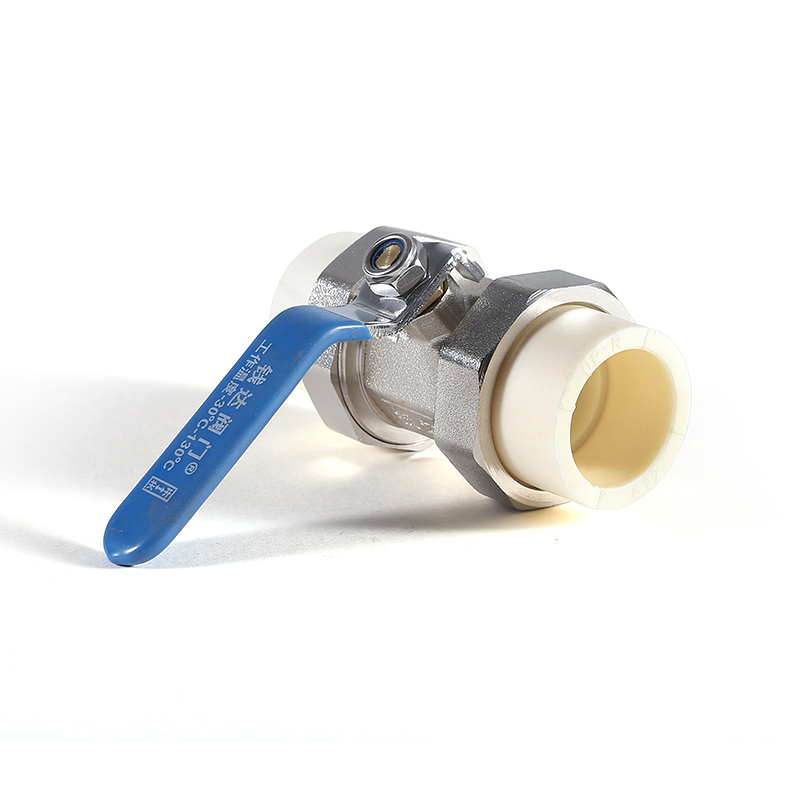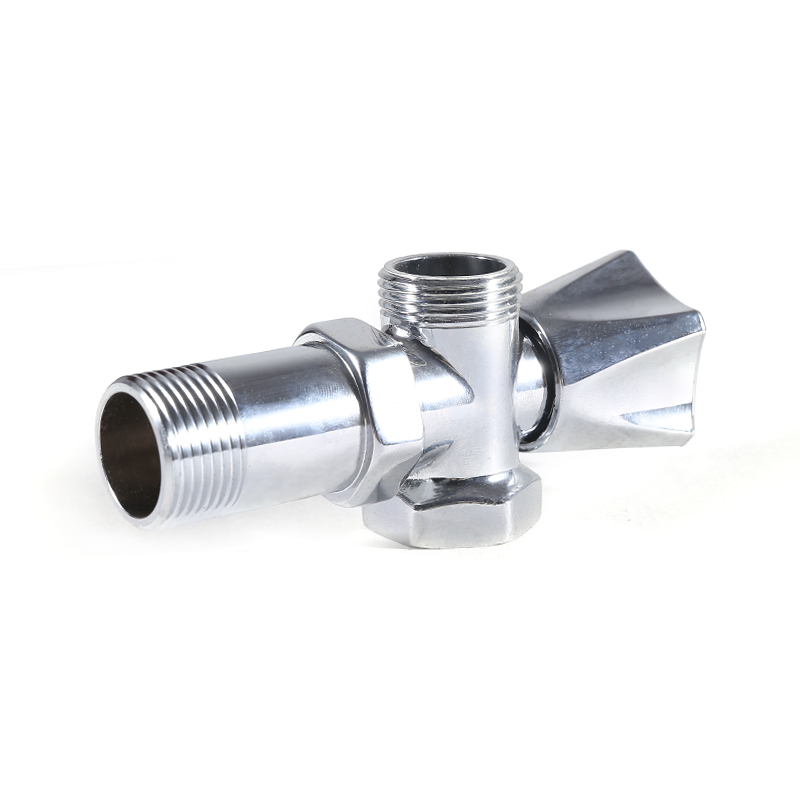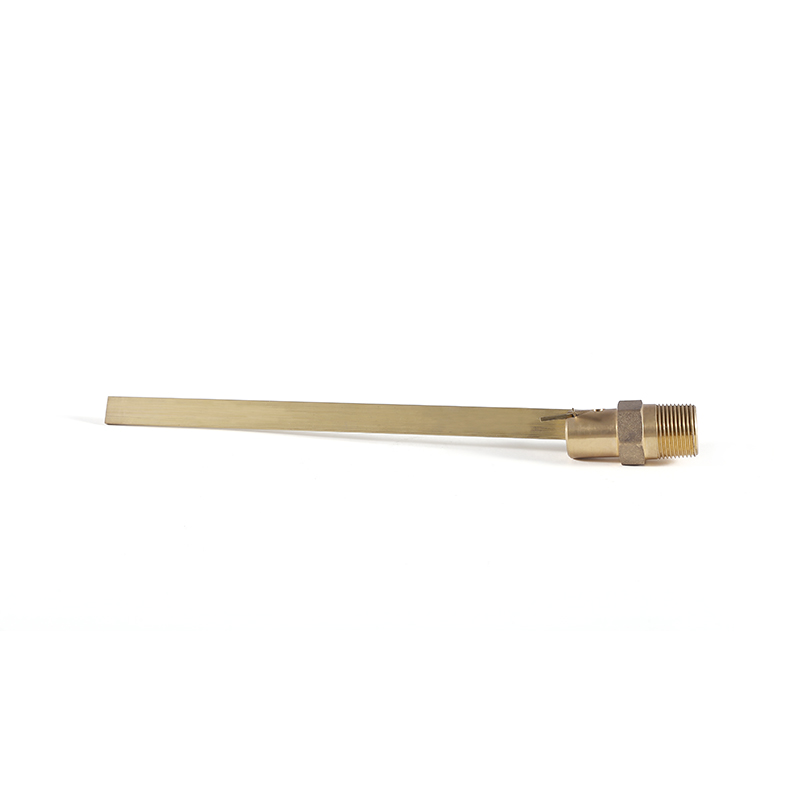Understanding Globe Ball Valves And Mini Flow Control Valves
Two notable types of valves that are frequently used in different applications are globe ball valves and mini flow control valves. Both of these valves offer unique benefits and functionalities that make them suitable for specific tasks within a plumbing or industrial setup.
Globe Ball Valves: Versatility in Flow Control
Globe ball valves are a hybrid design that combines features of both globe valves and ball valves. This design aims to leverage the advantages of both types, providing a versatile solution for controlling fluid flow.
Design and Operation
The globe ball valve incorporates a ball-like mechanism within a globular body. This unique configuration allows for precise control over fluid flow. The valve is operated by rotating a handle or actuator connected to the ball, which has a hole through its center. When the handle is turned, the ball rotates to either align the hole with the flow path for up-to-flow or to block the path entirely for a complete shut-off. Intermediate positions allow for varying degrees of flow control.
Applications
Globe ball valves are used in applications where flow regulation is critical. They are common in:
- Water Supply Systems: For regulating water flow to different parts of a building or system.
- Industrial Processes: Where precise control of fluids or gases is necessary.
- HVAC Systems: To control the flow of refrigerants and other fluids.
Advantages
1. Precision Control: The design allows for accurate regulation of flow, making it ideal for applications requiring fine adjustments.
2. Durability: Made from robust materials, globe ball valves can handle high pressures and temperatures.
3. Ease of Maintenance: The simple design makes it easy to inspect and repair the valve as needed.
Mini Flow Control Valves: Compact and Efficient
Mini flow control valves are designed for applications where space is limited, yet precise flow control is essential. These valves are typically smaller in size but offer reliable performance in controlling the flow rate of fluids.
Design and Operation
Mini flow control valves often feature a needle or a small disk that moves into and out of the flow path to adjust the flow rate. The compact design makes them suitable for installation in tight spaces where traditional valves might not fit. The adjustment is typically made via a small screw or knob that allows for fine-tuning of the flow.
Applications
Mini flow control valves are widely used in:
- Laboratory Equipment: For precise control of gases and liquids in experimental setups.
- Medical Devices: To regulate the flow of fluids in medical applications.
- Small-Scale Irrigation Systems: Where space constraints require compact solutions.
Advantages
1. Space-Saving Design: The compact size allows these valves to be used in applications with limited space.
2. Precise Flow Adjustment: The ability to fine-tune the flow makes these valves ideal for applications requiring exact control.
3. Versatility: Suitable for both liquid and gas applications, they are versatile in their use.
Comparative Insights
While both globe ball valves and mini flow control valves serve the purpose of regulating fluid flow, they are suited to different environments and requirements.
- Size and Space Considerations: Mini flow control valves are preferred in applications where space is at a premium. Their compact design allows them to be installed in confined areas without sacrificing performance. On the other hand, globe ball valves are better suited for larger systems where their size and robust construction can be accommodated.
- Precision vs. Flow Capacity: Globe ball valves offer predominant flow capacity and are suitable for high-volume applications. They provide precise control but are not as compact as mini flow control valves. Mini flow control valves, although smaller, offer precise control for low-flow applications, making them ideal for delicate and sensitive environments.
- Durability and Maintenance: Both types of valves are designed for durability, but their maintenance needs may vary. Globe ball valves, due to their larger size and more complex design, might require more thorough maintenance checks. Mini flow control valves, being simpler and smaller, are generally easier to maintain but must be checked for precision in applications where accuracy is critical.
Globe ball valves and mini flow control valves each bring unique advantages to fluid control systems. Globe ball valves excel in applications requiring robust construction and precise flow regulation in larger systems, while mini flow control valves are indispensable in settings where space is limited and fine-tuned control is necessary. Understanding the specific needs of an application can guide the selection of the appropriate valve, ensuring efficient and reliable fluid management.
-
Feedback


 English
English 中文简体
中文简体 русский
русский Email us now!
Email us now!









